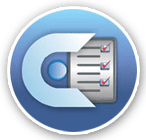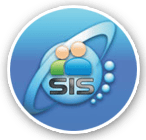These software solutions leverage artificial intelligence, natural language processing (NLP), and various algorithms to create question papers efficiently. Here's a general overview of how question papers can be generated through software:
Software Selection:
Choose a suitable exam generation software that aligns with your requirements. There are various commercial and open-source solutions available that cater to different educational levels and subject areas.
Data Input and Content Management:
Input the necessary content and data required for generating the question paper. This content may include questions, answer choices (for multiple-choice questions), explanations, and metadata (such as subject, topic, difficulty level).
Question Bank Creation:
Build a question bank within the software that contains a diverse set of questions covering different topics and difficulty levels. The larger and more comprehensive the question bank, the more variability you can achieve in the generated question papers.
Define Exam Parameters:
Specify the parameters of the question paper, such as the total number of questions, number of questions per section, difficulty level distribution, and time limits.
Randomization and Selection:
Utilize randomization algorithms within the software to select questions from the Question bank based on the defined parameters. This ensures that each generated question paper is unique and reduces the likelihood of cheating.
Formatting and Layout:
Customize the layout and format of the question paper using the software's tools. This includes adding headers, instructions, and section dividers.
Quality Assurance:
Review and validate the Generated question paper to ensure that the questions are appropriate, error-free, and aligned with the learning objectives.
Optional Features:
Depending on the software's capabilities, you may be able to include additional features, such as including graphics or multimedia elements in the questions, setting question weights, and providing automated grading solutions.
Export and Distribution:
Once the question paper is generated and reviewed, export it in the desired format (e.g., PDF) for printing or electronic distribution to the test takers.
Accessibility and Security:
Ensure that the generated question paper is accessible to the intended test takers while maintaining the necessary security measures to prevent unauthorized access.
It's important to choose reliable and well-tested Exam generation software, and to thoroughly review the generated question paper to maintain its quality and appropriateness for the assessment. While software can automate many aspects of Question paper generation, it should complement human expertise and validation to ensure the effectiveness of the assessment process.






